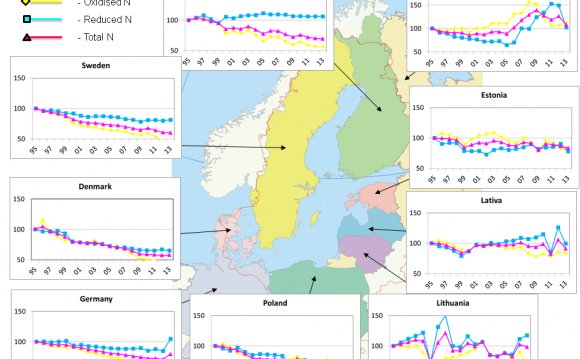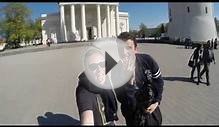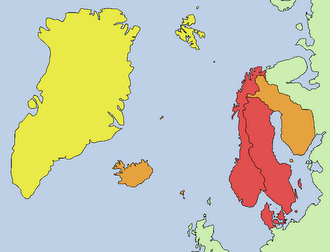
Baltic Development Forum supports the EU Strategy for the Baltic Sea Region, which provides a unique framework and a vital opportunity for the Region. Baltic Development Forum is working closely with the European Commission and regional partners as well as is fulfilling its role as project partners implementing concrete cross border activities.
By working closely with metropolises and the capital cities of the Region, Baltic Development Forum accomodates a wider discussion on branding, attractiveness, sustianability and international investments in the Baltic Sea Region. Baltic Development Forum is also promoting the smart city concept as a way to strengthen sustainability through the Union of Baltic Cities.
Baltic Development Forum is editor-in-chief of the (partly EU financed) news website NewsWave. By providing independent, journalistic reporting to citizens, policy-makerse and the creative community, NewsWave seeks to improve the exchange of information and cross-border communication between countries in the Region. Visit
Russia is a key partner in the Region and Baltic Development Forum works closely with Russian regions. In recent years Baltic Development Forum has been wokring with many different partners in St. Petersburg and Kaliningrad and has established a strong network.
The Baltic Sea Region
The Baltic Sea Region comprises 11 nations and more than 100 million inhabitants. The Baltic Development Forum defines the Baltic Sea Region as including the Baltic countries Estonia, Latvia and Lithuania, the Nordic countries of Denmark, Finland, Iceland, Norway and Sweden, Northern Germany (Hansestadt Hamburg, Mecklenburg-Vorpommern and Schleswig-Holstein), Northern Poland (Pomorskie, Warminsko-Mazurskie and Zachodnio-Pomorskie), and Russia’s Northwestern region including Kaliningrad.
The History of the Region
The Baltic Sea Region shares many historical ties, which often are symbolized by the legacy of the Hanse around the Baltic Sea. Thus, the Baltic Sea has been the facilitator of integrative processes in more than 1000 years with more intensive periods than other. Naturally, the Cold War to a large extent hindered extended cooperation, but when the Berlin Wall fell in 1989 new strong ties emerged. Nowadays the Baltic Sea Region is interlaced by a myriad of formal and informal cross-border organisations and fora signalising the multidimensional scale of interaction.
The Potential of the Region
The region boasts stable democracies, institutional structures favorable to business, proximity of markets, good infrastructure, high levels of education, strong industrial traditions and a shared history of co-operation and trade. As eight of the eleven Baltic Sea countries are Members of the EU the framework for cooperation has been widely extended, which represents a unique opportunity to establish the Baltic Sea Region as the leading growth and trading centre in the world.
RELATED VIDEO




 Scandinavia is a historical cultural-linguistic region in northern Europe characterized by a common ethno-cultural heritage and related languages that includes the three kingdoms of Denmark, Norway and Sweden. Modern Norway and Sweden proper are situated on the...
Scandinavia is a historical cultural-linguistic region in northern Europe characterized by a common ethno-cultural heritage and related languages that includes the three kingdoms of Denmark, Norway and Sweden. Modern Norway and Sweden proper are situated on the...








